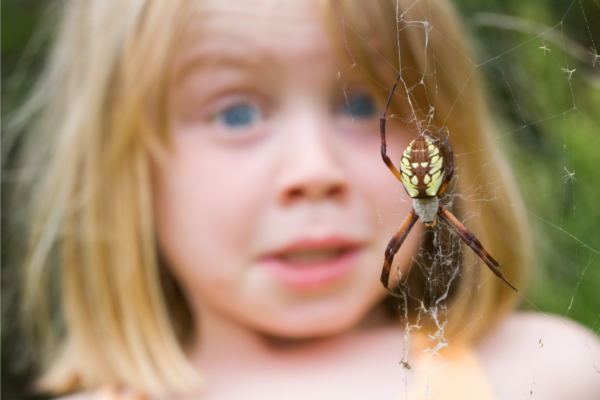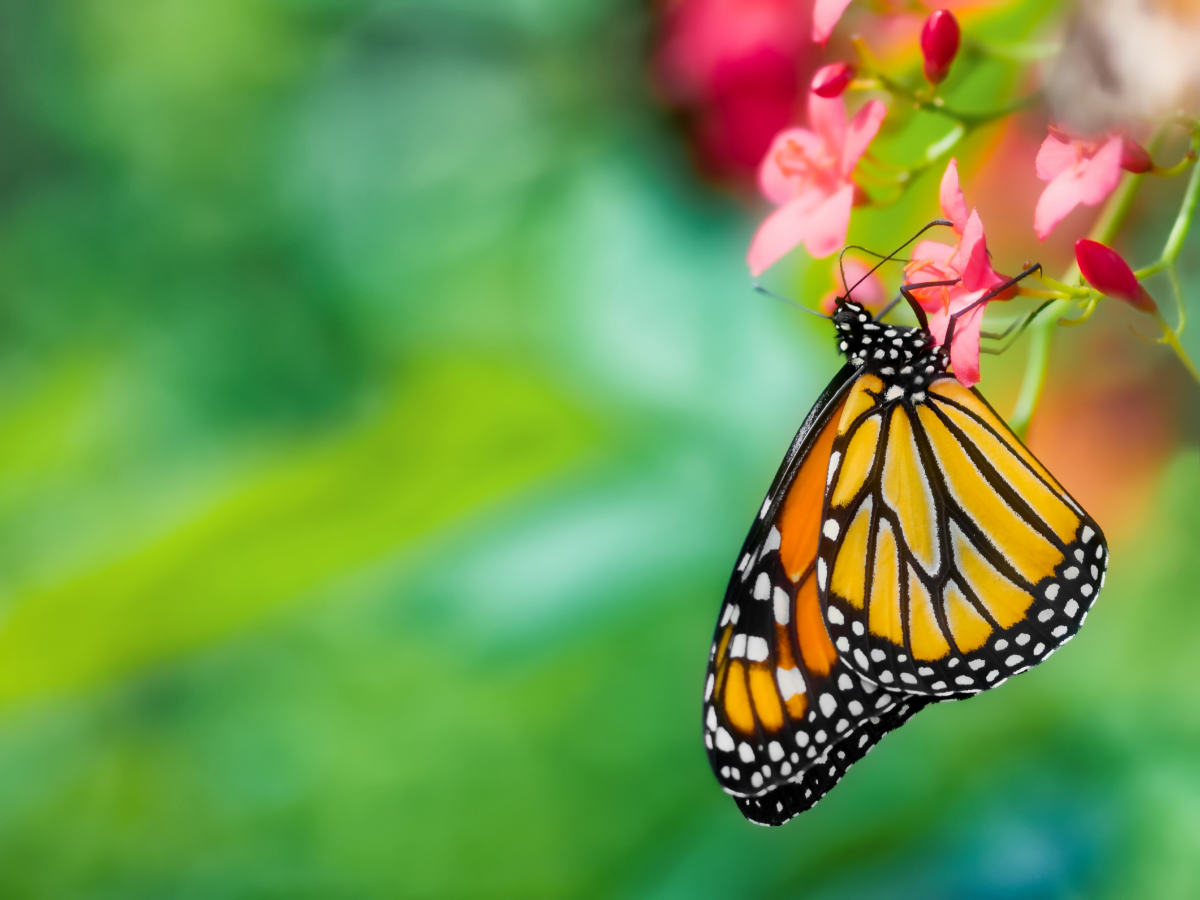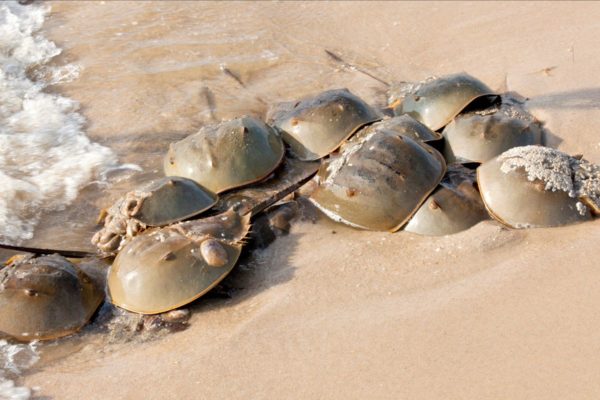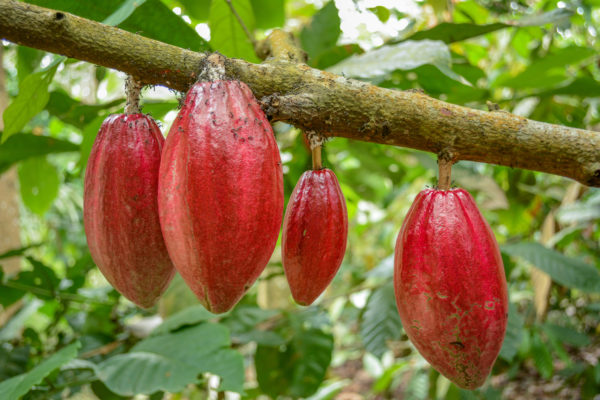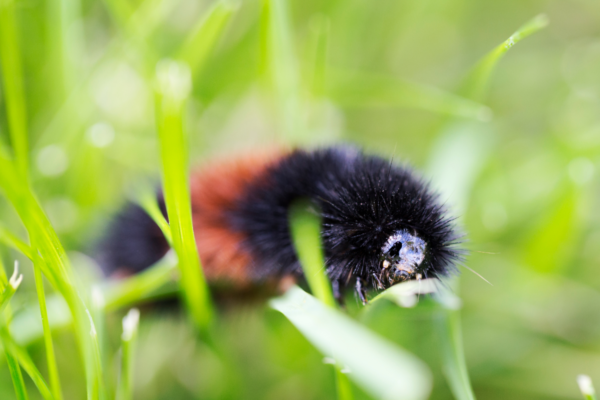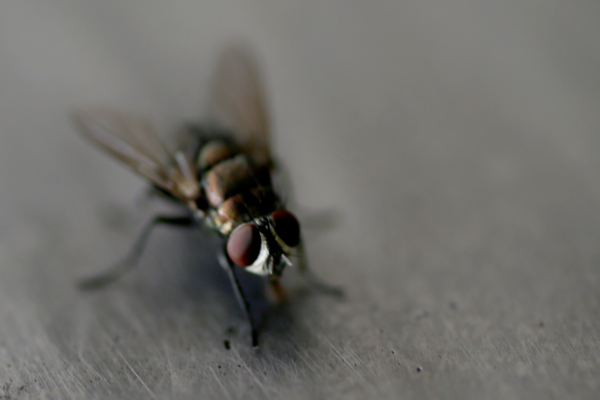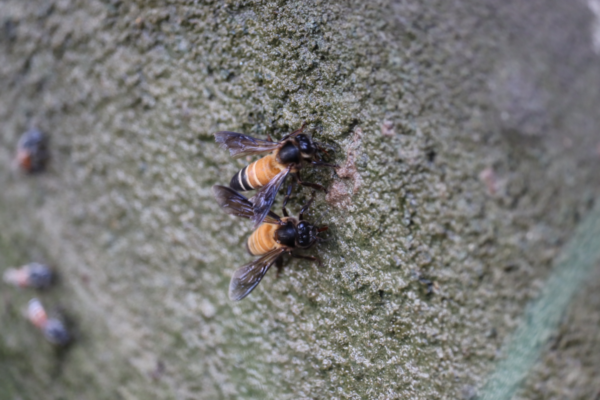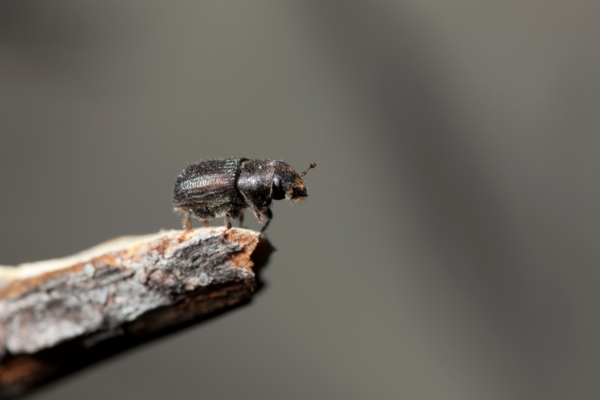Welcome back to the Lab! Typically, when it comes to bugs and diseases, our minds immediately jump to the diseases that are spread by insects. We definitely don’t need more […]
Read MoreNotes from the Lab
Notes from the Lab: True Body Horror
Love them or hate them, insects have mastered a myriad of strategies to ensure their permanence in our world. Even those with an affinity for bugs have to admit that […]
Read MoreNotes from the Lab: Spider Myths (Part I)
In the current age of information accessibility, knowledge transmission happens almost instantaneously. While many argue this is largely beneficial, it also means misinformation travels at lightning speed. Once a myth […]
Read MoreNotes from the Lab: The Monarch Dilemma
Welcome back to the Lab! It probably comes as no surprise that we highly encourage using invertebrates as teaching tools for a wide range of scientific subjects, from physiology to […]
Read MoreNotes from the Lab: The Blood Harvest
Insects and arthropods are some of the oldest animals on the planet; they were some of the first to colonize land and easily the first to take to the air. […]
Read MoreNotes from the Lab: Valentine’s Flies
Regardless of whether you celebrate Valentine’s Day, Galentine’s Day, or end up boycotting the entire first half of February, chances are, you’ve consumed chocolate in some form or another these past couple […]
Read MoreNotes from the Lab: Woolly Bear Folklore
Insect-inspired folklore is rampant throughout human history; from the ancient Egyptians, who believed bees were the sacred tears of the sun god, Ra, to the many cultures who revered the praying […]
Read MoreNotes from the Lab: Forensic Entomology
It’s no secret that certain insects have long been associated with death and decay. Flies and their offspring, carrion beetles; they are the masters of decomposition, responsible for the rather […]
Read MoreNotes from the Lab: Mad Honey
Humans and honey have a long historical association. Beekeeping emerged in ancient Egypt nearly 10,000 years ago, but evidence of wild honey collection dates even further. For nearly 15,000 years, humans […]
Read MoreNotes from the Lab: Mountain Pine Beetle
Mountain pine beetles have a nasty reputation in the Intermountain West. Many Montanans are familiar with the term “beetle kill,” and have witnessed the damage a beetle infestation can cause. […]
Read More

